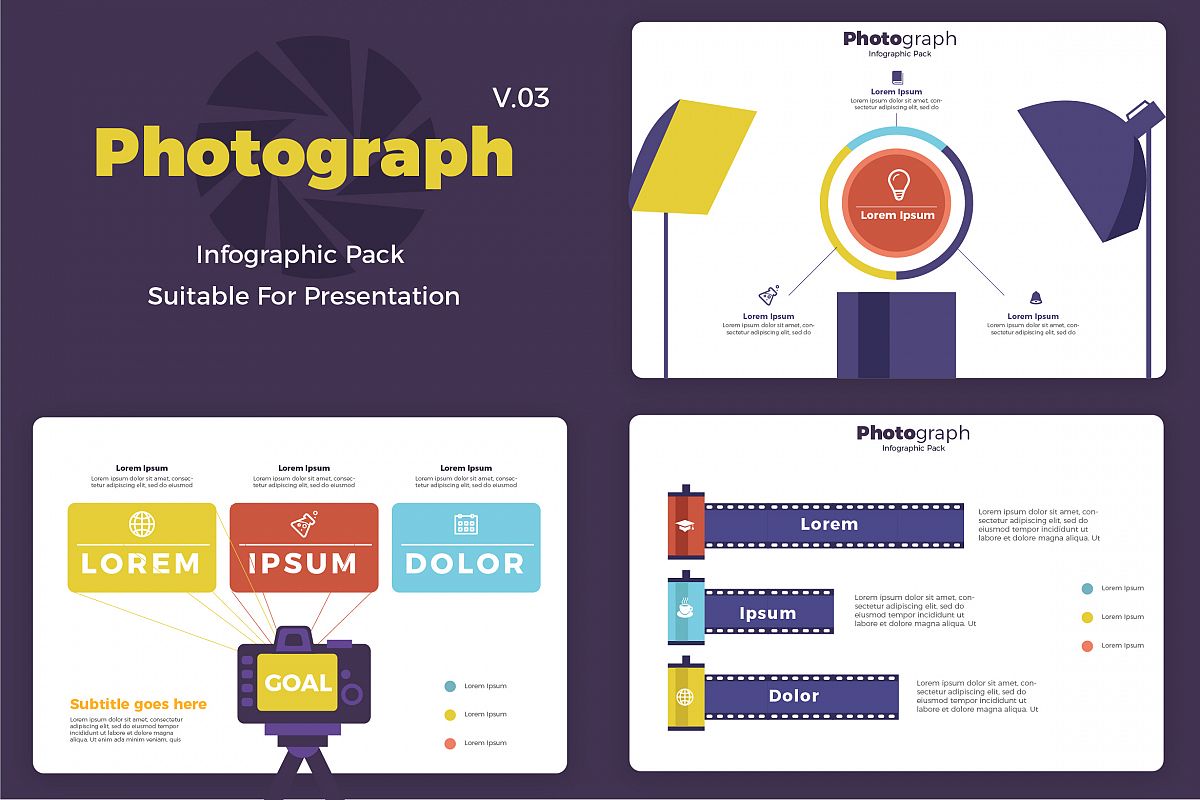Change Your Photography By Mastering Lights Techniques That Can Elevate Your Images-- Discover The Common Pitfalls That Could Be Holding You Back
Change Your Photography By Mastering Lights Techniques That Can Elevate Your Images-- Discover The Common Pitfalls That Could Be Holding You Back
Blog Article
Post Author-Beck Ibrahim
As a professional photographer, you recognize that lights can make or damage your photos. Comprehending the nuances of both all-natural and artificial light is essential for catching the state of mind and clarity you go for in your job. Whether you're going after the best golden hour radiance or tweak your man-made setups, grasping these elements can raise your photography dramatically. But there prevail challenges that many neglect, and recognizing them can change your strategy to every shoot. Let's explore what you may be missing and exactly how it can affect your outcomes.
Recognizing All-natural Light
Recognizing natural light is essential for any photographer aiming to enhance their work. hop over to this site 's the structure of great photography, influencing state of mind, tone, and quality. When you fire outdoors, pay attention to the moment of day. The golden hour-- shortly after sunup and prior to sundown-- offers soft, warm light that can change ordinary scenes right into magnificent pictures.
Do not take too lightly the power of overcast days. Cloud cover diffuses sunshine, creating a soft, also light that's ideal for pictures and macro digital photography. You'll locate colors pop in this sort of lights without rough shadows.
Positioning issues, as well. Constantly consider your subject's positioning to the light. If the sunlight's behind your subject, you might end up with a shape, which can be dramatic yet mightn't be what you want. Alternatively, straight sunshine can create uncomplimentary shadows.
Explore angles; in some cases, changing your perspective can generate remarkable outcomes. Use all-natural reflectors, like water or sand, to jump light onto your subject, adding dimension.
Learning Artificial Light
Mastering synthetic light is important for photographers who intend to take their skills to the next degree. Whether you're utilizing speedlights, workshop strobes, or continual lights, recognizing exactly how to manipulate these sources can significantly enhance your images.
Start by acquainting on your own with the fundamentals of light quality, instructions, and color temperature level. Experiment with different modifiers like softboxes, umbrellas, or grids to control the softness or harshness of the light.
You'll discover that soft light commonly develops lovely outcomes, while harsher light can add drama and deepness. Don't avoid shadows; they can improve the three-dimensionality of your subjects.
Pay very close attention to the placement of your lights. A light positioned as well close to your subject can develop unflattering outcomes, while too far away can cause a lack of information. Use a light meter or your video camera's pie chart to guarantee you're exposing appropriately.
Last but not least, remember that synthetic light can be blended with ambient light for innovative results. Balancing these resources may take practice, once you understand it, your photography will truly beam.
Methods for Different Circumstances
When you enter different shooting scenarios, adjusting your illumination methods is critical for catching the most effective images. For outside pictures, make use of the golden hour-- early morning or late afternoon light-- to soften darkness and improve complexion.
If it's a rough midday sunlight, take into consideration making use of a reflector to jump light back onto your subject or look for shaded areas for a much more even direct exposure.
In low-light situations, like interior events, enhance your ISO and utilize a large aperture to let in even more light. A tripod can assist get rid of cam shake, enabling longer direct exposures without obscuring.
If https://www.digitalcameraworld.com/tutorials/uv-photography-tips-for-going-dark-with-blacklight-photography shooting at night, try out off-camera flash to produce dynamic illumination and deepness in your photos.
For item digital photography, use diffused lighting to avoid severe reflections. Softboxes or light camping tents can aid achieve this effect.
When photographing landscapes, think about the direction of light and time of day, as it can drastically transform the mood of your shot.
Constantly prepare to adjust your setups and positioning based upon the scenario, as flexibility is essential to mastering lights in digital photography.
Verdict
To conclude, understanding illumination is vital to boosting your photography skills. Embrace natural light's charm throughout gold hour, and do not avoid try out fabricated light strategies. By adapting your technique to different circumstances, you'll catch sensational images that reverberate with feeling and clearness. Bear in mind, the right lighting can change an ordinary shot into something remarkable, so maintain exercising and improving your understanding of both all-natural and synthetic light. Pleased capturing!
